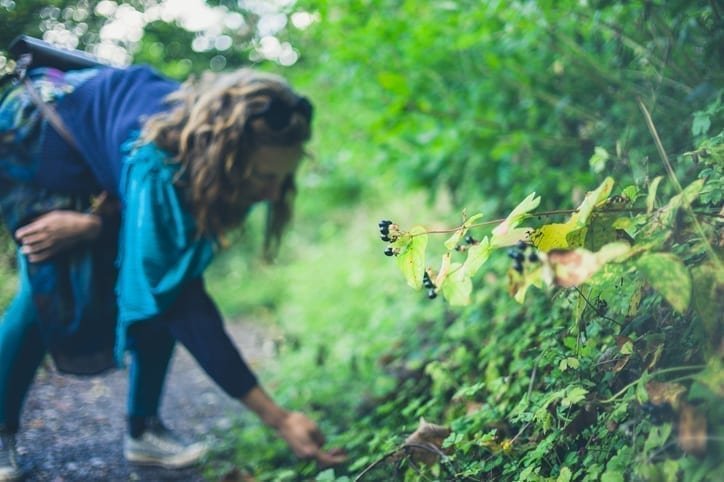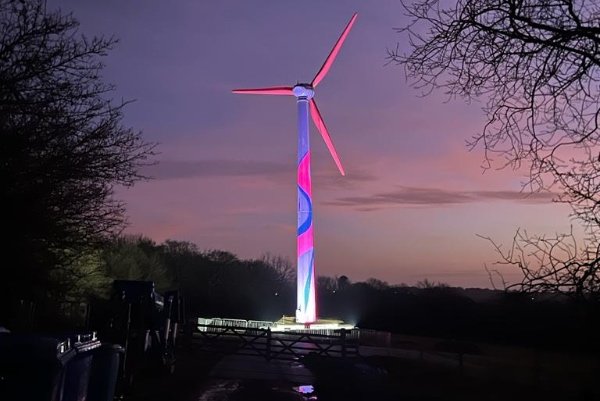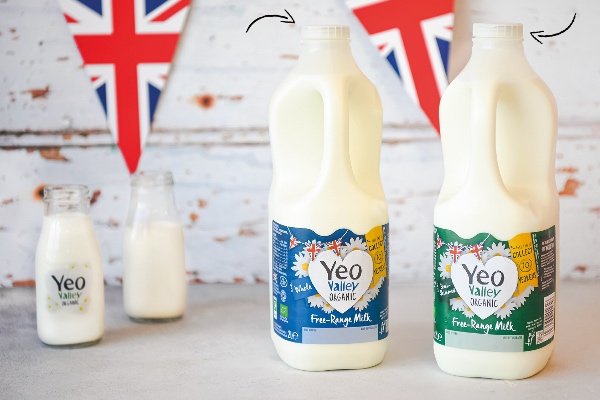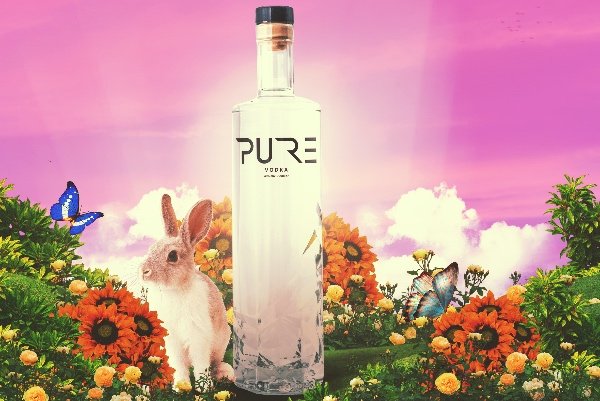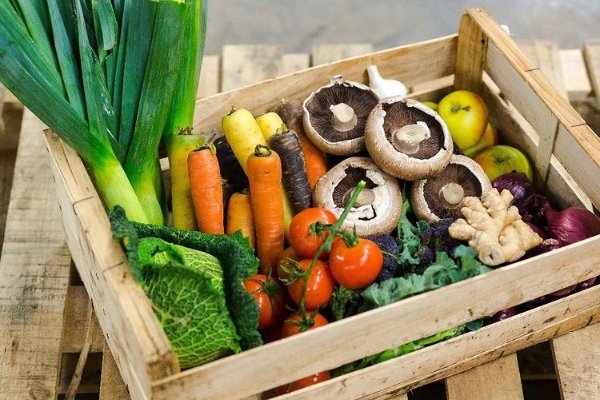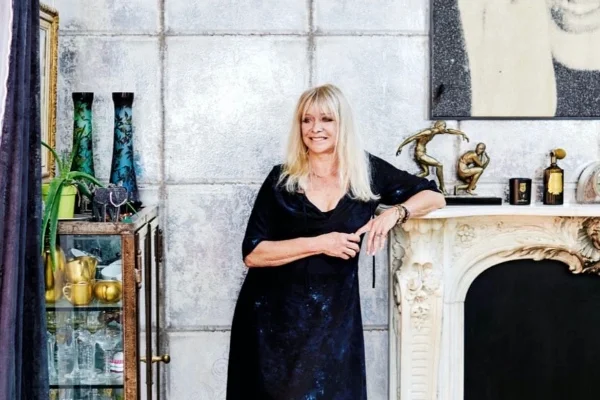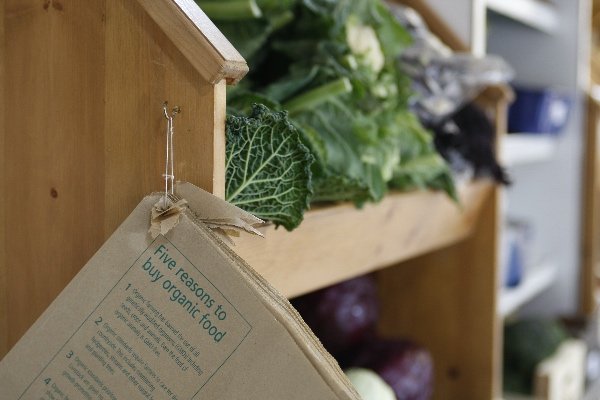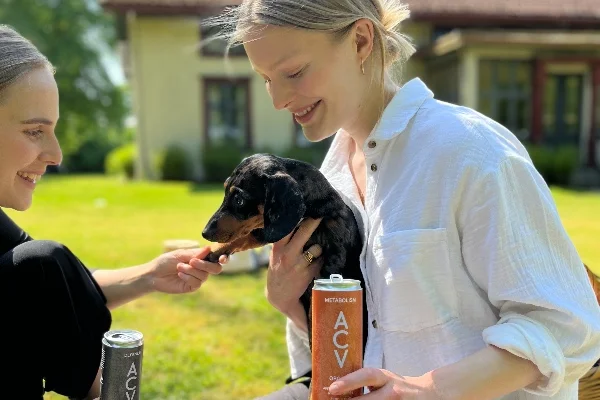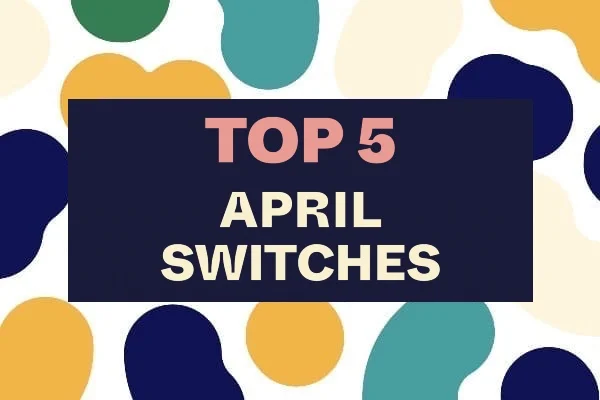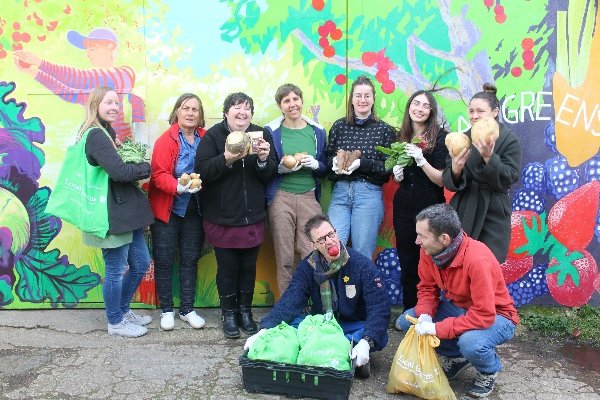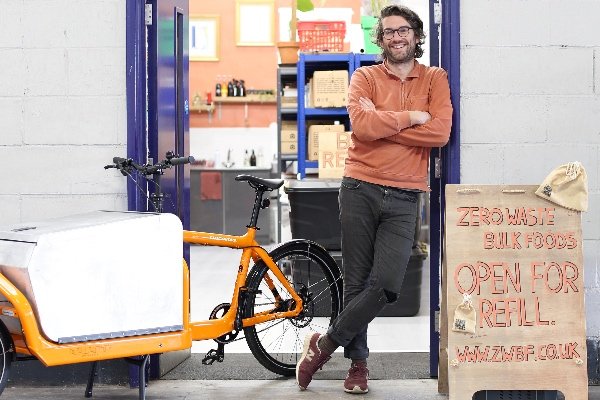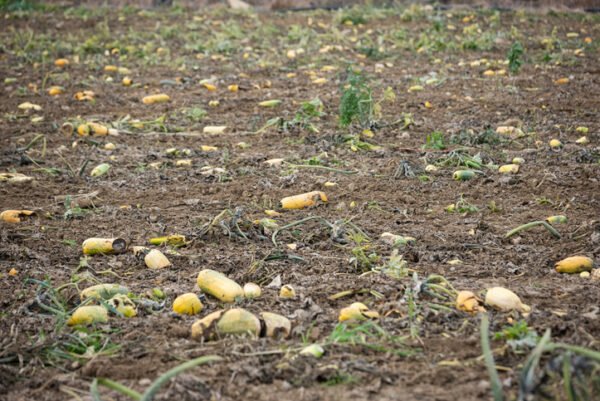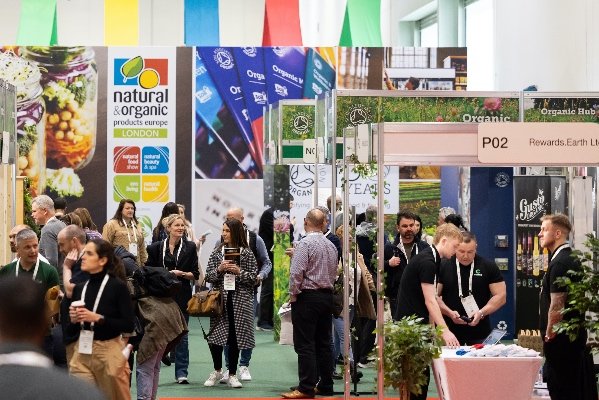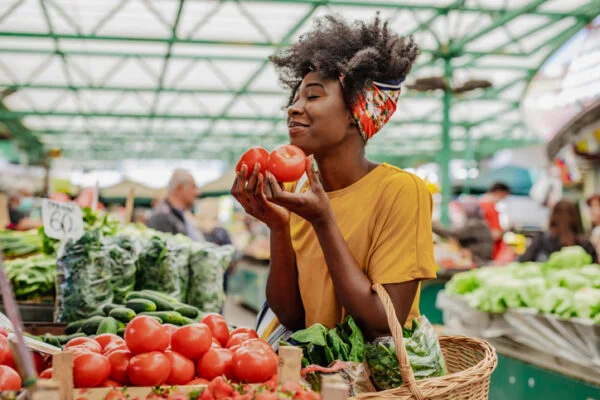All of the food we eat today derives from a wild food relative. From the cabbage to the rice to the blueberry, it all was once wild and somewhere out there the wild ancestor still exists.
Interest in gathering and eating wild food has increased over the last few years as we look for ways to live healthy, mindful and sustainable lives.
Wild food offers incredible nutritional value – a dandelion leaf salad offers up to 10 times more protein than farmed spinach or kale – as well as amazing tastes and unique flavours. It’s a radical switch from a system of control to one of harmonious cohabitation with the flora and fauna of the world.
What it means to be human
When we talk about what it means to be ‘wild’, we often place humans outside the equation – but this is the wrong story for us to tell. We are a part of the wild natural world. Wildness is the absence not of human presence, but of control, coercion and subjugation.
In wild nature, living things influence their surroundings and are themselves influenced; there is a mutual and reciprocal partnership between them and the land. By reconnecting with land, we can reconnect with what it really means to be human.
Why wild food?
The Food and Agriculture Association (FAO) estimates that of a total of 300,000 known plant species, 100,000 species may be edible, 10,000 have been used for human food since the origin of agriculture, but only 150–200 species have been commercially cultivated.
Just 30 crops provide 95% of the world’s food energy intake and four species – rice, wheat, maize and potatoes – supply 50% of the world’s energy.
This journey of intensifying agriculture has led to catastrophic effects; our global food security is at massive risk and the diversity of our diets – and the nutritional diversity of the crops we do choose to eat – is remarkably low.
We all make choices. As Samuel Thayer, author of The Forager’s Harvest, points out: we are all living off the land now, where else is all our food coming from? The question is whether we could do things differently.
Wild food offers a different approach. It has been gaining momentum in high cuisine over many years, and has even entered the mainstream through cooking competition TV programmes like Master Chef and The Great British Menu, which have featured ingredients such as chickweed, wild garlic, sea buckthorn, meadowsweet and sea beet centre-stage in many dishes. The majority of the wild produce used in both programmes has come from us. So why should we be paying attention to wild plants? Aren’t they just weeds?
Click here to find out why Wild Box – the first wild food subscription box – is a MyGreenPod.com Hero
 Play Video about This Rock Might Just Save The World
Play Video about This Rock Might Just Save The World Play Video about Play 2 hours of rock
Play Video about Play 2 hours of rock Play Video about Play 2 hours of brook
Play Video about Play 2 hours of brook Play Video about Play 2 hours of sheep
Play Video about Play 2 hours of sheep

















